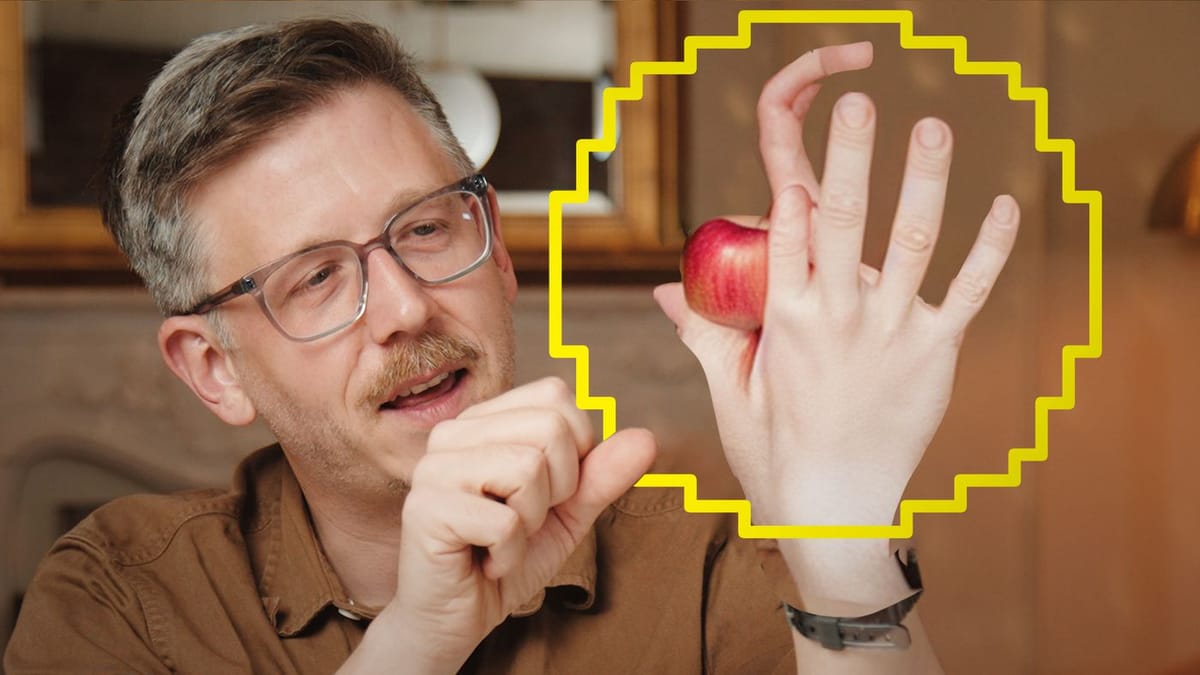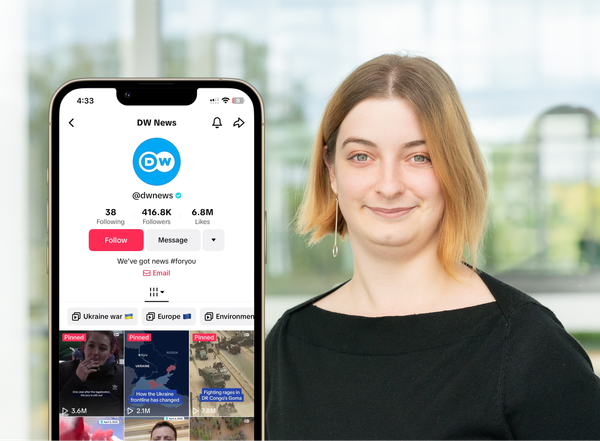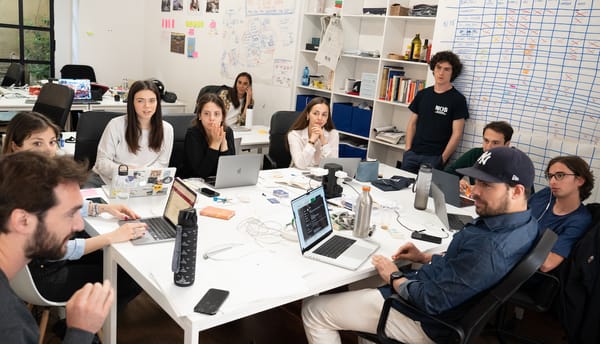Yoof News had the opportunity to interview Phil Edwards, a standout figure in the future of independent journalism. In 2020, while still working as a video producer at Vox, he launched his YouTube channel as a creative outlet—something to experiment with on the side. These days, the channel has grown to 396 000 followers, and has become his full-time job.
His content, ‘a blend of business and technology as a lens for history with some elements of current events’, stands apart from the fast-paced, attention-grabbing formats dominating digital media. Instead, he focuses on deeply researched, narrative-driven videos that attract an audience valuing substance over spectacle.

His approach raises key questions: Is it possible to build a sustainable digital media business without relying on clickbait? How can independent journalists compete in an era of algorithmic preference for short-form content? And what does his success reveal about the evolving relationship between digital creators and their audiences? Edwards’ journey offers a roadmap for media professionals navigating an industry in flux. Here’s what we should take away from his experience.
The shift from mass media to independent journalism
Edwards’ career trajectory reflects broader industry trends. Having spent nearly a decade at Vox, he witnessed firsthand how digital media organisations navigated changing audience behaviours. While the company was known for its explanatory journalism, internal shifts and restructuring led him to reconsider his career path: ‘There were changes at the site, and my channel was growing,' he says. 'It just seemed like the right time to take the leap.’
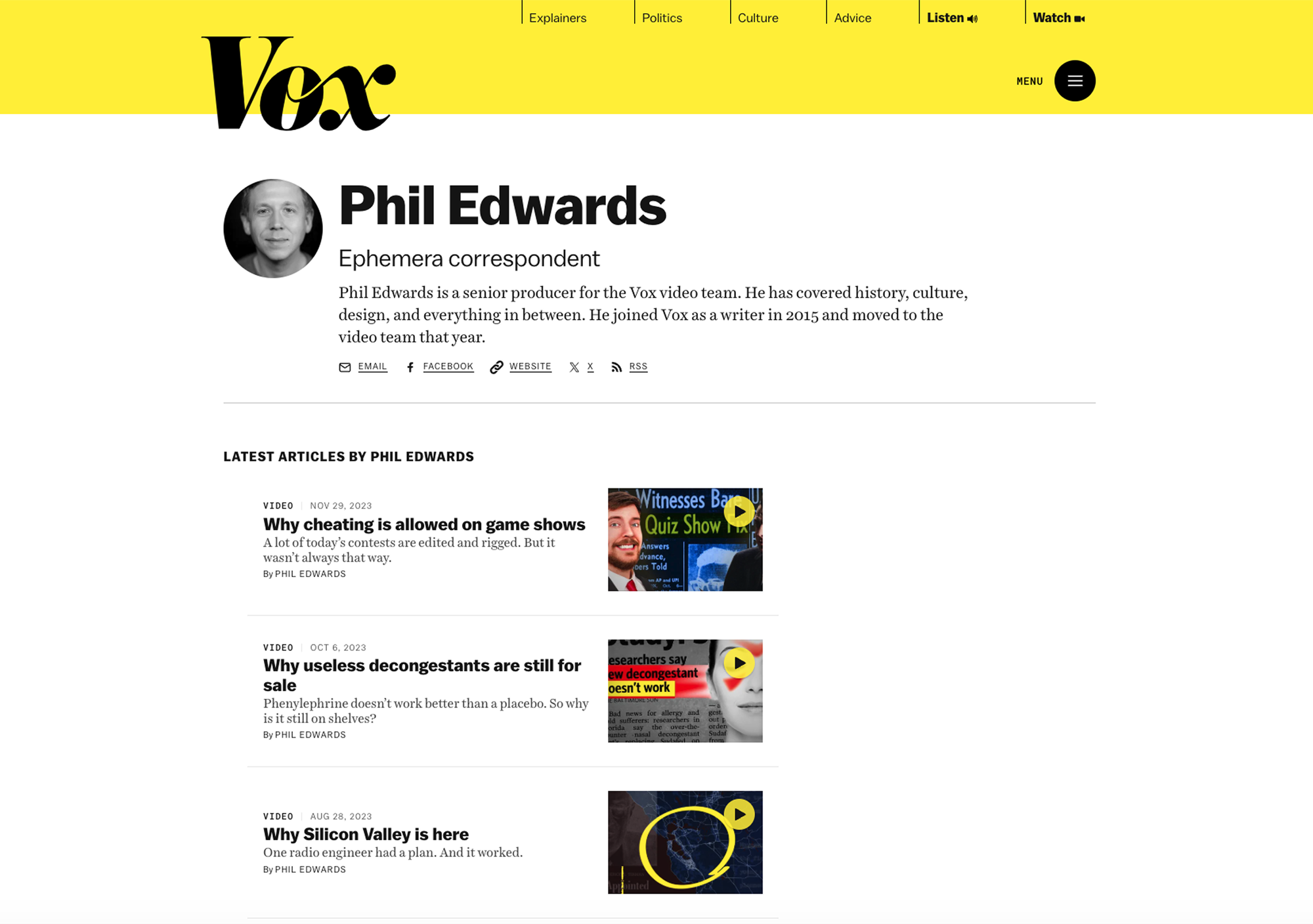
Vox is an American news and opinion website launched in April 2014. It is owned by Vox Media, a digital mass media company, and is known for its explanatory journalism, which aims to provide readers with in-depth context on various topics, including politics, economics, pop culture, and more.
His departure aligns with a broader movement of journalists leaving traditional outlets to build personal brands on platforms like YouTube, Substack, and Patreon. As some media institutions face financial instability and audience fragmentation, independent journalism offers a compelling alternative—one where creators can maintain editorial control and cultivate direct relationships with their audiences.
However, the transition is not without its challenges. Unlike a newsroom environment, where journalists operate within a structured editorial framework, independent creators must balance storytelling with business considerations. For Edwards, this meant adopting a strategic approach to content creation—one that prioritises both audience engagement and long-term sustainability.
Resisting algorithmic incentives: the case against short-form content
One of the most notable aspects of Edwards’ strategy is his decision to avoid short-form content. While many digital creators leverage TikTok and YouTube Shorts as growth tools, he remains skeptical of their long-term benefits.
‘There’s a lot of pressure to do it,’ he acknowledges. ‘Shorts are the engine behind subscriber growth on YouTube, and Instagram Reels drives platform visibility.’ However, he questions whether short-form audiences translate into meaningful engagement with long-form content. ‘I have friends with a million subscribers from Shorts, but their long-form videos get 10,000 views. What is that even worth?’
His skepticism reflects a growing debate in digital media: Do short-form formats create loyal audiences, or are they simply vehicles for fleeting attention? While platforms incentivise bite-sized content, Edwards’ model suggests that depth, rather than volume, can sustain longer-term audience retention.
This choice of format aligns with his commitment to substance. ‘I never felt pressure to dumb things down at Vox,’ he says. ‘We focused on clarity, not oversimplification.’ He’s carried that philosophy into his independent work, resisting clickbait tactics in favour of thoughtful storytelling. The result? A dedicated audience ranging ‘from 20-year-old students to middle-aged software engineers’.
Instead of chasing algorithmic trends, he adopts a ‘one for me, one for them’ approach—balancing passion projects with audience-driven topics. This strategy allows him to maintain editorial independence while ensuring his content remains discoverable.

Building a financially sustainable media business
For independent creators, financial viability is often the greatest challenge. Edwards’ revenue model mirrors that of many digital journalists: a mix of AdSense revenue, Patreon subscriptions, and direct sponsorships.
Patreon is a subscription-based platform that allows independent journalists, YouTubers, and other creators to earn a recurring income by offering exclusive content to their patrons. In exchange for financial support, patrons receive rewards such as early access, behind-the-scenes insights, or personalised perks. This model helps creators maintain creative control and build a sustainable income stream directly from their audience
AdSense provides fluctuating income, while Patreon offers stability through direct audience support. ‘I like the stability Patreon provides,’ he notes, though he acknowledges that successful membership models often require paywalled content—something he has yet to fully implement. Sponsorships, which account for the largest share of his revenue, allow him to maintain creative control without relying on platform-driven monetisation strategies.
His business model highlights a key trend in media sustainability: a shift from advertiser-dependent revenue to partly audience-supported journalism. By fostering direct engagement with his community, he not only ensures financial independence but also leverages audience feedback as a content-development tool. Viewer comments have led to new video topics, and in some cases, active participation—such as viewers contributing footage for research-driven projects. In one instance, he sent Patreon supporters boxes of Turtle Soup for a taste test in a video about its history. In another, viewers filmed gas stations across the country for a documentary-style project. His viewers don’t just watch, they contribute.
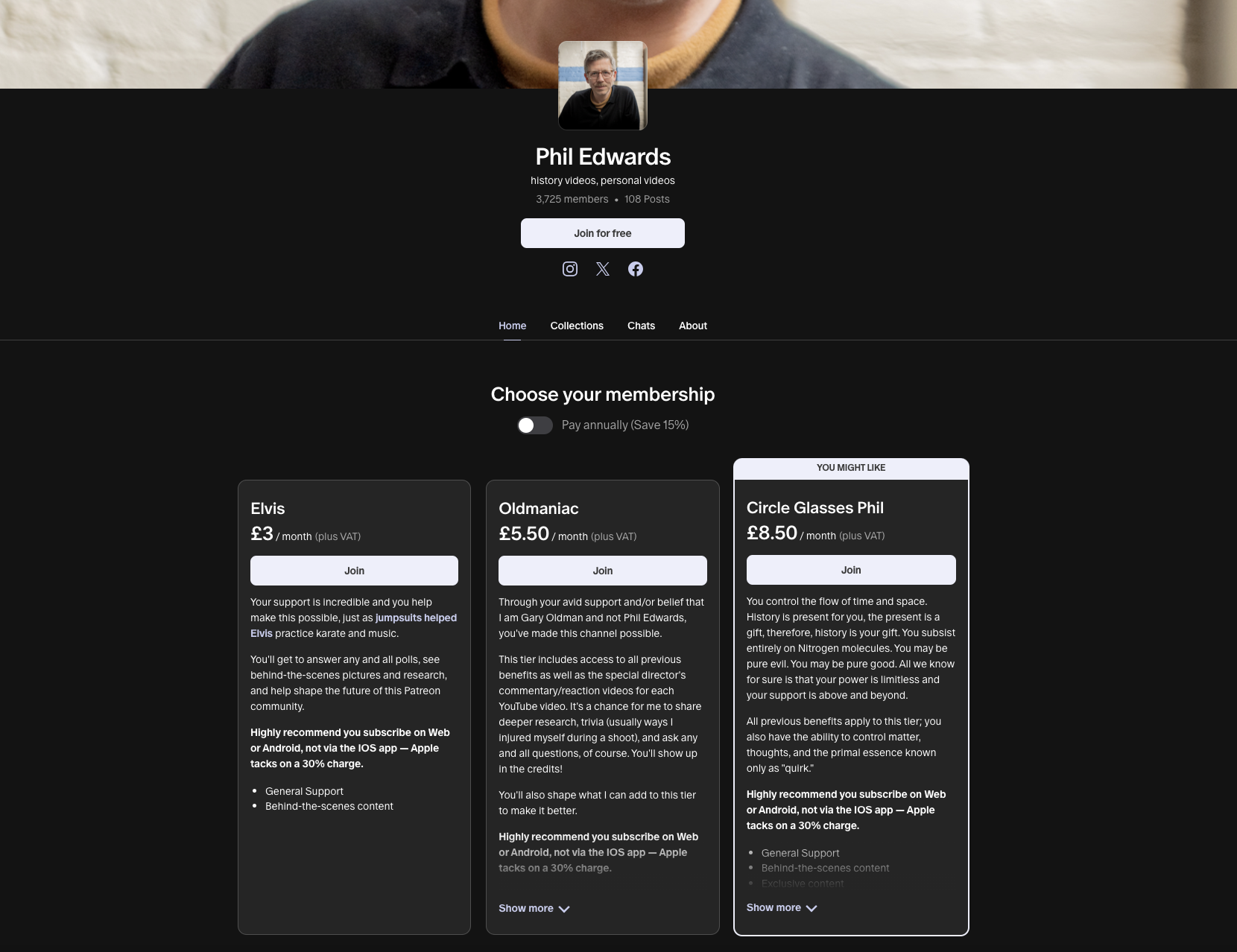
So what?
Edwards’ model—long-form, research-heavy, and community-driven—underscores an important shift: audiences still seek depth in an era of increasingly fragmented news consumption.
His decision to reject short-form formats challenges conventional wisdom about digital growth. While platforms push for bite-sized engagement, his experience suggests that sustainable media businesses can still be built on substantive, well-researched content.
As the digital media landscape continues to evolve, Edwards’ approach offers a potential roadmap for independent journalists: prioritise depth, engage directly with audiences, and build financial models that reduce dependence on platform-driven monetisation. His success suggests that, despite the dominance of short-form content, there is still room for journalism that values complexity over virality.


